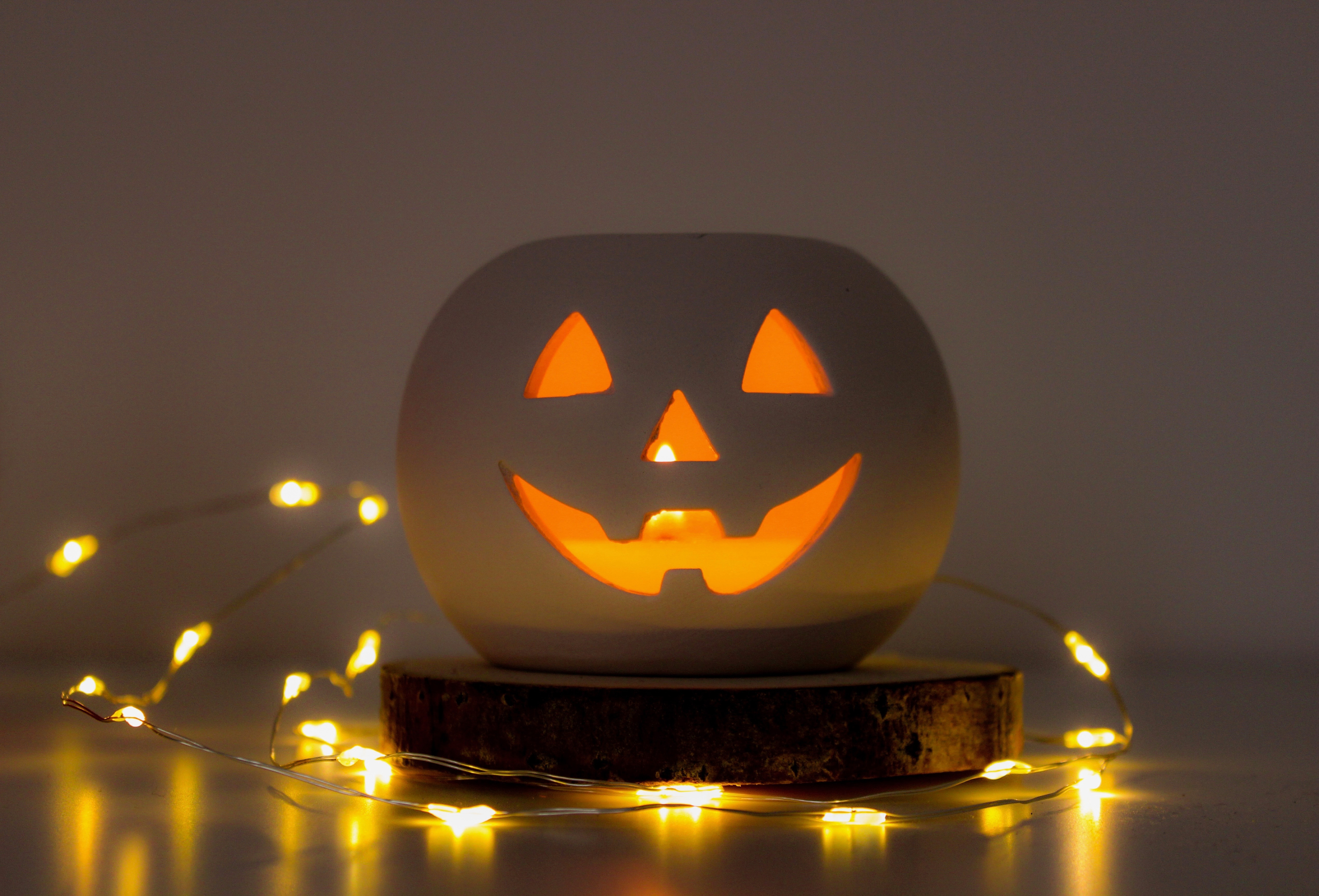
Witchcraft and Wicca: Exploring the Mystical Side of Halloween
posted on 20th of March by admin
Introduction
As the leaves turn crimson and the nights grow longer, a magical transformation takes place in the air. The mystical aura of Halloween begins to envelop us, drawing us into a world where witches, spells, and the supernatural take center stage. Halloween is more than just a holiday for candy and costumes; it has deep-rooted connections to the world of witchcraft and Wicca. In this blog post, we'll embark on a journey to explore the mystical side of Halloween, delving into the origins of this ancient celebration and its profound connection to witchcraft and Wicca.
Halloween's Enigmatic Origins
Halloween, also known as All Hallows' Eve, has a history that spans thousands of years, and its roots can be traced back to various cultures and traditions. The most significant influence comes from the Celtic festival of Samhain, which marked the end of the harvest season and the beginning of winter. Samhain, celebrated on the night of October 31st, was believed to be a time when the veil between the living and the spirit world was at its thinnest.
During Samhain, people would light bonfires and wear costumes made from animal skins to ward off malevolent spirits. They would also leave offerings of food and drink for their ancestors and spirits, seeking protection and guidance for the coming winter months. The celebration of Samhain incorporated elements of divination, as it was believed that the spirits could reveal information about the future on this night.
The Christian Influence
With the spread of Christianity, many pagan celebrations were adapted and incorporated into Christian holidays. Samhain was no exception. In the 7th century, Pope Boniface IV designated November 1st as All Saints' Day, a day to honor saints and martyrs. The night before, October 31st, became All Hallows' Eve, which later evolved into Halloween.
Despite the Christian overlay, Halloween continued to carry elements of its pagan origins. It remained a time when superstitions and beliefs in the supernatural held sway. People continued to dress in costumes, light bonfires, and practice divination. The mingling of Christian and pagan traditions created a unique atmosphere ripe for the exploration of mystical practices, including witchcraft and Wicca.
Witchcraft and Wicca: The Modern Connection
Modern witchcraft and Wicca, while distinct from the historical witch hunts and trials, have found a significant place in the cultural tapestry of Halloween. These spiritual practices, rooted in nature and the worship of deities, celebrate the changing seasons and the cycles of life and death. Halloween, with its focus on the supernatural and the thinning of the veil between worlds, aligns seamlessly with the beliefs and practices of contemporary witches and Wiccans.
1. Rituals and Spells: Halloween is a prime time for witches and Wiccans to perform rituals and cast spells. The heightened spiritual energy and the belief in open channels to the spirit world make it an ideal occasion for divination, spellcasting, and communing with deities. From honoring the ancestors to seeking insights into the future, Halloween provides a potent backdrop for these practices.
2. Altars and Offerings: Many witches and Wiccans set up altars during Halloween, adorned with candles, crystals, herbs, and symbolic items representing the season. These altars serve as focal points for rituals and offerings to deities and spirits. It's a time when practitioners may leave offerings of food, drink, or other symbolic gifts to honor the spirits of the departed.
3. Costumes and Transformation: Just as in ancient Samhain celebrations, costumes play a crucial role in modern Halloween rituals for witches and Wiccans. Donning specific attire can help practitioners connect with their chosen deities or tap into the energy of a particular archetype. It's a way of embodying the mystical and embracing transformation.
4. Divination and Spirit Work: Halloween is considered an auspicious time for divination and spirit work. Tarot readings, scrying, and other forms of divination are frequently practiced during this season to gain insights into the past, present, and future. The belief in the thinning veil allows for easier communication with spirits, making it a time for seeking guidance and messages from the other side.
Conclusion
Halloween is a magical time, filled with a sense of wonder and mystery that transcends its commercialized image. Its roots in ancient celebrations like Samhain, blended with Christian traditions, have given rise to a holiday that continues to be deeply intertwined with witchcraft and Wicca. For modern practitioners of these mystical traditions, Halloween represents a unique opportunity to connect with the spiritual realm, cast spells, and honor the cycles of life and death.
As you prepare to celebrate Halloween this year, take a moment to appreciate the rich tapestry of history and spirituality that surrounds it. Whether you're a seasoned witch or simply curious about the mystical side of Halloween, remember that this holiday offers a special chance to explore the ancient traditions that still influence our modern celebrations. Embrace the magic of the season, and who knows, you might just uncover some enchanting secrets hidden within the shadows of All Hallows' Eve.

Comments